
It’s not uncommon for games with a lot of hype and ambitious plans to fall apart during their creation. Issues like tight schedules, old technology, and incomplete or buggy features can turn what should be fun experiences into frustrating ones for players.
This list highlights infamous releases that were heavily criticized due to technical issues, poor design, or false advertising. While some fixes and improvements were later made, these initial launches remain warnings for both game developers and players.
Big Rigs: Over the Road Racing

I remember when this trucking game first came out on PC in 2003 – it was… rough! So much didn’t work right. The other trucks barely moved, hitting things didn’t always register, and you could actually *win* races by driving in reverse! It was hilariously broken. That victory screen text became legendary, and the game ended up being this weird symbol of how not to rush a game’s development. It’s a classic for all the wrong reasons!
Players found key features missing, like realistic physics and clear track boundaries. The game lacked any real challenge or sense of improvement, feeling more like an unfinished demo than a polished, released product.
Superman 64

Released on the Nintendo 64 in 1999 by Titus, this game featured a world shrouded in fog where players primarily flew through rings. The developers relied heavily on distant fog to mask the console’s graphical limitations, but this also made it hard to see and navigate. Adding to the challenge, the game’s camera and controls often made even simple movement difficult.
Throughout the game, players encountered various technical glitches and frustrating collision bugs that slowed them down. Ultimately, the gameplay didn’t quite capture the powerful feeling you’d expect from the superhero character, making these issues even more noticeable and disappointing for those who tried to complete the story.
Ride to Hell: Retribution

This action game, originally released for PC, PlayStation 3, and Xbox 360 in 2013, quickly gained a reputation for being buggy and having unreliable gameplay. Players often encountered unpredictable enemy behavior, issues with stealth sections recognizing their commands, and problems with driving, including choppy framerates and wonky physics.
The story unfolded with jarring cuts between scenes that didn’t match what was happening in the game. Quick-time events were unpredictable, save points didn’t always work, and the sound mixing made it difficult to hear conversations. All of this added up to a lot of frustration, especially during the longer levels.
E.T. the Extra-Terrestrial
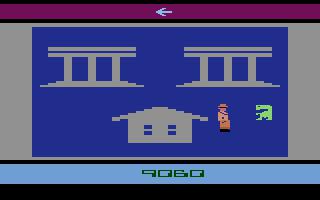
The 1982 Atari 2600 game was rushed to market, leaving little time for thorough testing and improvements. This resulted in repetitive, maze-like levels, frustrating traps that constantly caught the player, and unclear goals, particularly for the game’s young audience.
A large number of unsold game cartridges were returned by customers and eventually ended up in a famous landfill. This event sparked conversations about quality control for early video game consoles and demonstrated that even popular brands couldn’t ensure a successful launch.
The Lord of the Rings: Gollum
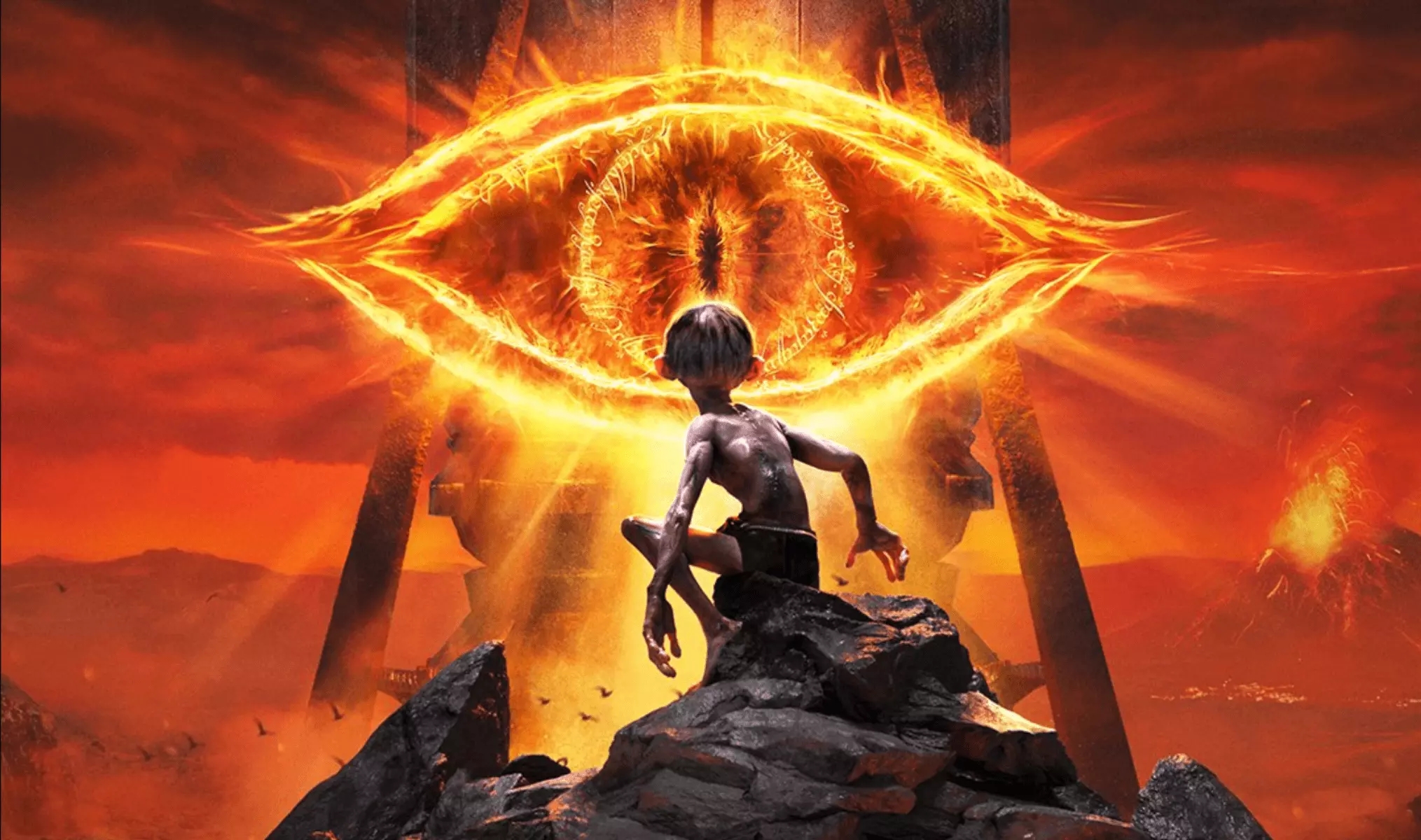
The 2023 adventure game from Daedalic launched on computers and modern gaming consoles but suffered from performance problems on many different systems. Players experienced crashes, textures appearing and disappearing suddenly, and issues with character movement, especially during stealth sections. These problems often made it hard to successfully complete important story sequences.
After the game launched, the publisher apologized and released updates, while the developer changed how they approached future projects. The game’s development showed how challenging it can be to use complicated AI in a stealth game, especially when there isn’t enough time to refine everything.
Balan Wonderworld

In 2021, Square Enix launched this platformer featuring a simple one-button control scheme. However, despite offering many costumes, the limited abilities felt repetitive, and several abilities did the same thing. The game’s movement was also a bit slow, and the initial stages involved repeating basic actions, making the early gameplay feel monotonous.
A quickly flashing light during one of the game’s boss battles triggered a same-day update to help players sensitive to flashing lights. While subsequent updates fixed some technical issues, the game’s fundamental design stayed the same, and ultimately it didn’t live up to the standards set by the developers who had previously created successful games.
Sonic the Hedgehog 2006

This game first came out on PlayStation 3 and Xbox 360 in 2006, but it had a troubled development. Players experienced issues like long loading times between short cutscenes, characters falling through the world due to physics errors, and a camera that struggled to keep up with the action, especially in close quarters.
The game featured several different characters, each with unique abilities, but these weren’t fully developed. This caused frustrating shifts between quick, skillful platforming and clunky fighting. Ultimately, the game’s rushed development proved that even established franchises can suffer when deadlines are too tight.
Bubsy 3D
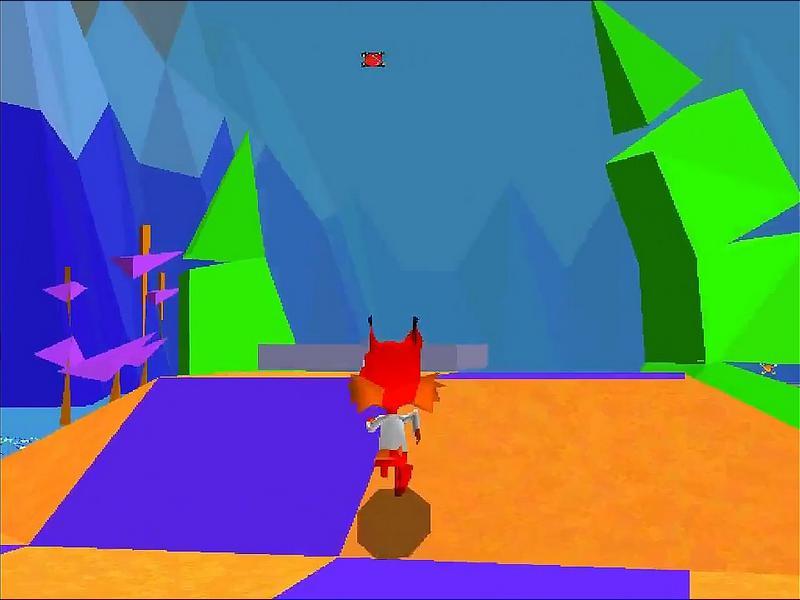
This early 3D platformer, originally released for PlayStation in 1996, featured unusual tank-like controls and a distinctive art style with flat colors. This made it difficult to judge distances and depth within the game. Enemies and items often blended into the backgrounds, and unclear jump trajectories led to many frustrating falls and restarts.
The game’s static camera made it difficult to judge landings, and checkpoints were spaced too far apart. Released alongside newer 3D platformers, it didn’t measure up to those that handled movement and orientation better.
Daikatana
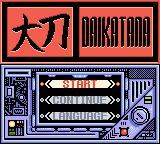
I was so excited when Ion Storm’s shooter finally came to PC in 2000, but honestly, it felt a little disappointing. It had been delayed so many times, and by the time it arrived, the levels and enemy AI just didn’t feel as polished as other games that had come out recently. Plus, the characters who were supposed to help you out were kind of glitchy – they’d get stuck on things, which could really slow you down, especially in narrow spaces. It was frustrating!
The project received a lot of hype through marketing, but the final product didn’t live up to it. While updates fixed bugs and technical issues, the underlying technology was outdated, making the game feel behind the times.
Duke Nukem Forever
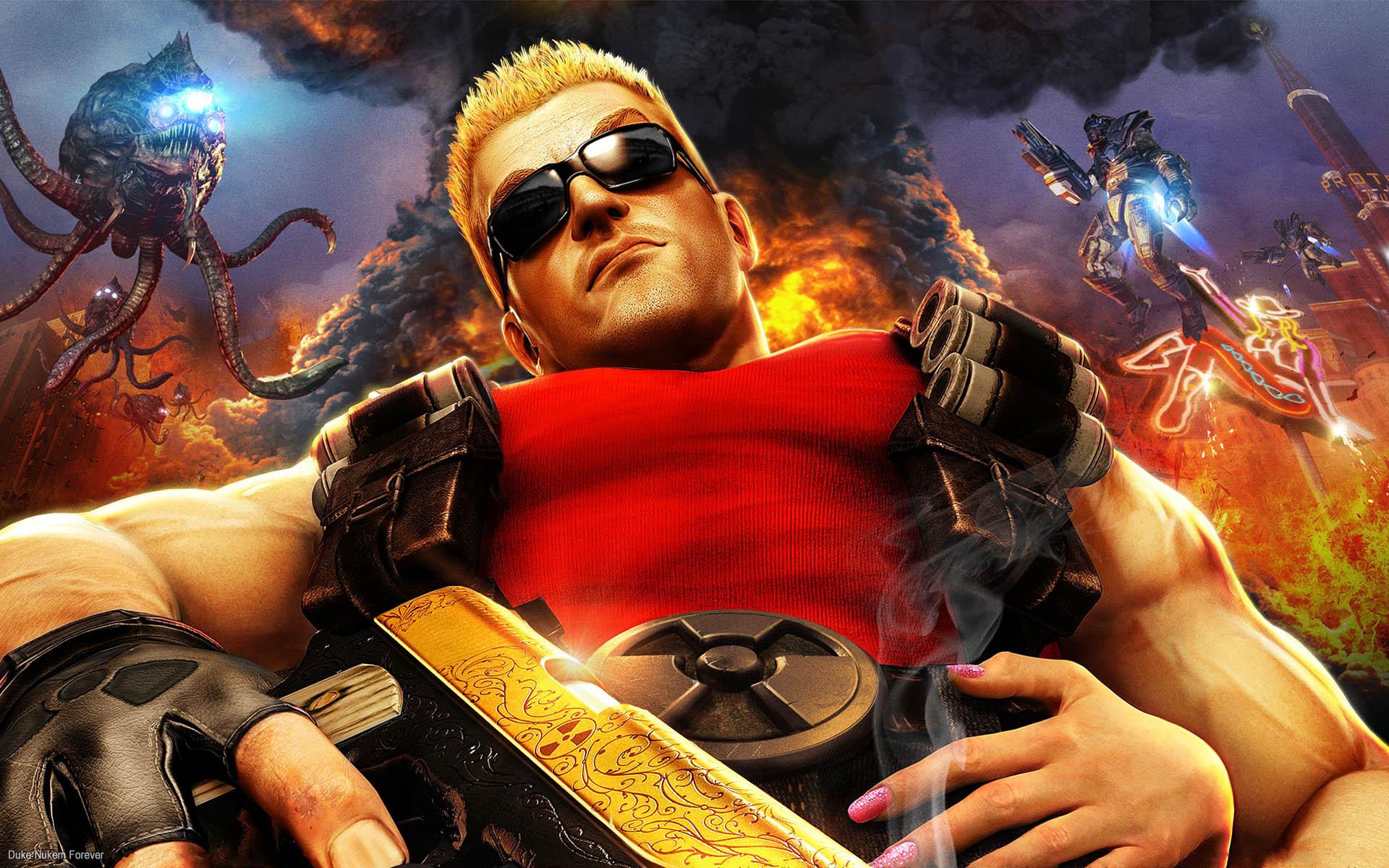
Despite a lengthy development process, this game finally launched in 2011 for computers and consoles, but its gameplay felt outdated. Players experienced frustratingly long loading screens after quickly dying, clunky cover mechanics, and restrictions on weapons – a departure from the series’ usual emphasis on diverse and fast-paced combat.
The movie felt disjointed because scenes from different stages of production didn’t flow well together. This highlighted how changes in the team and tools used can make a project lose its direction, even if it features a well-known character.
Aliens: Colonial Marines
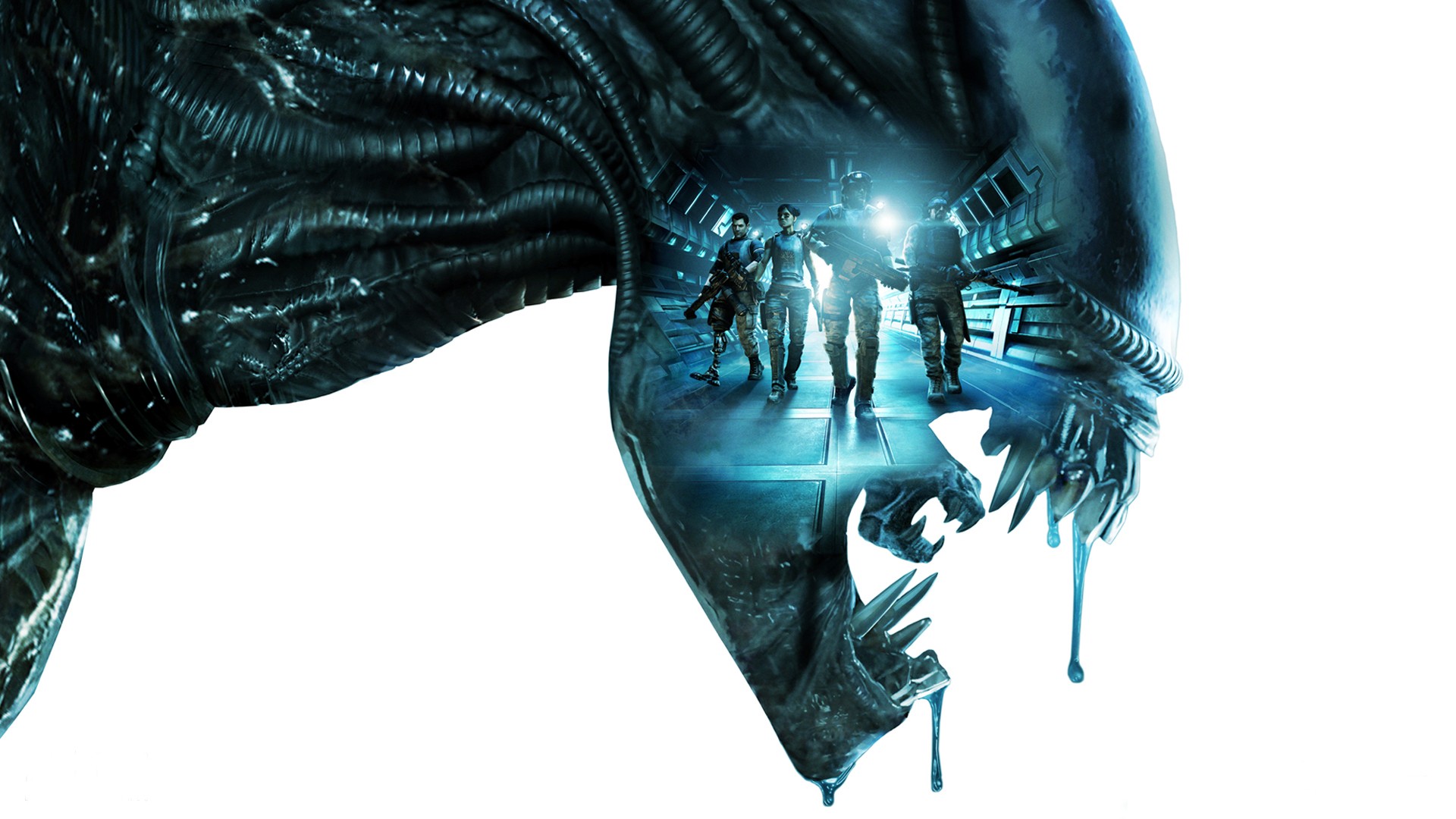
This 2013 shooting game received some negative feedback because the enemies weren’t challenging, unlike what was shown in pre-release trailers. Players also noticed the visual effects and lighting weren’t as polished in the final game as they were in earlier previews, leading to questions about how the game was marketed.
After the initial issues, legal complaints were filed and players found their own solutions. Subsequent updates then focused on making the game more stable. This situation sparked a larger discussion about how game previews are handled, including when reviews can be published and how accurately early demos represent the final product.
Postal III
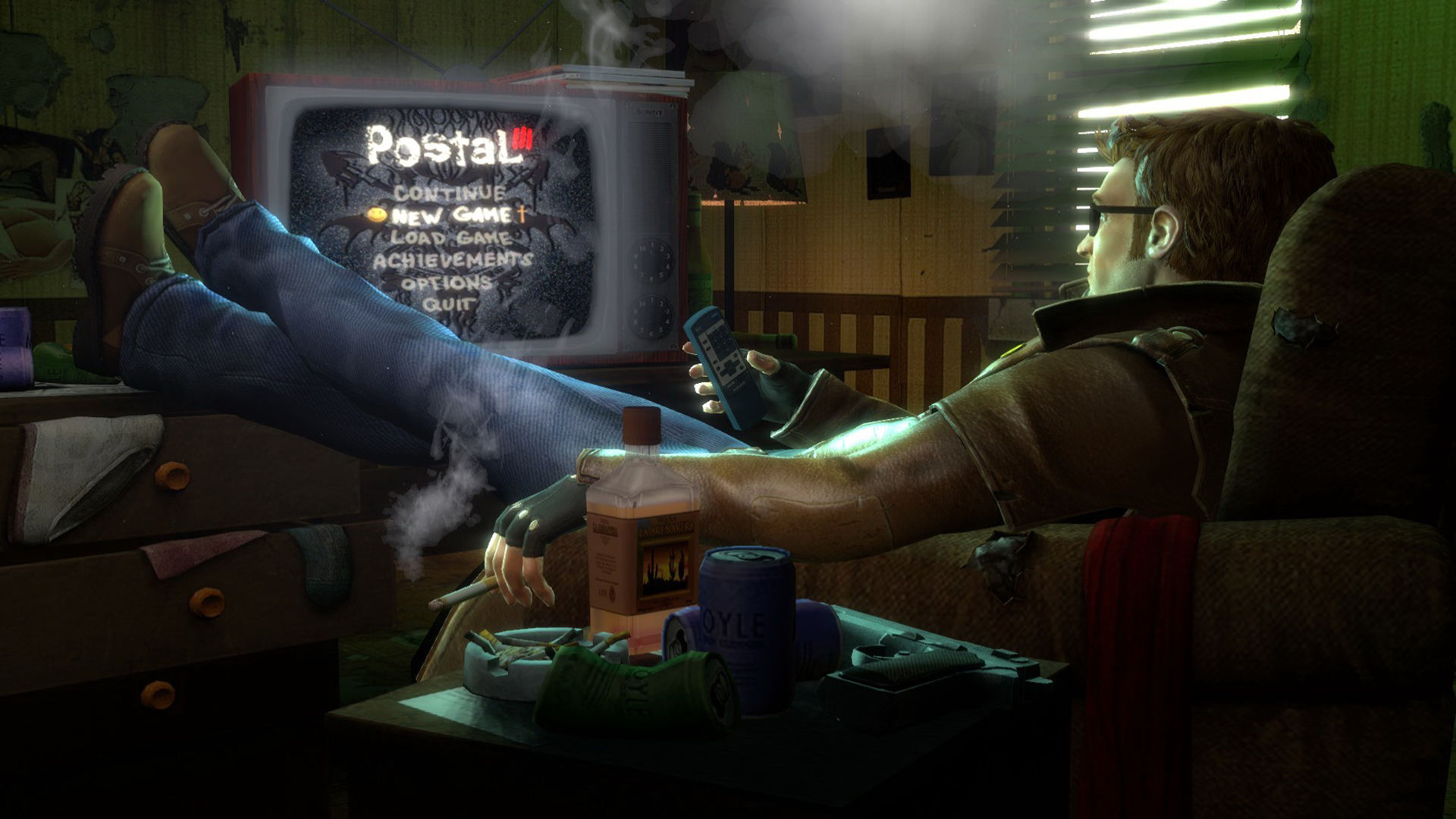
Released on PC in 2011 with help from outside developers, this game suffered from poor performance and often crashed. Players experienced problems completing missions because of glitches, and the controls felt slow and unresponsive, sometimes requiring them to restart the game or losing their saved progress.
The original creator later disassociated themselves from the product, and it became harder to find. This highlighted the dangers of relying on outside companies for essential technology and showed why it’s crucial to keep quality control in-house.
Alone in the Dark: Illumination
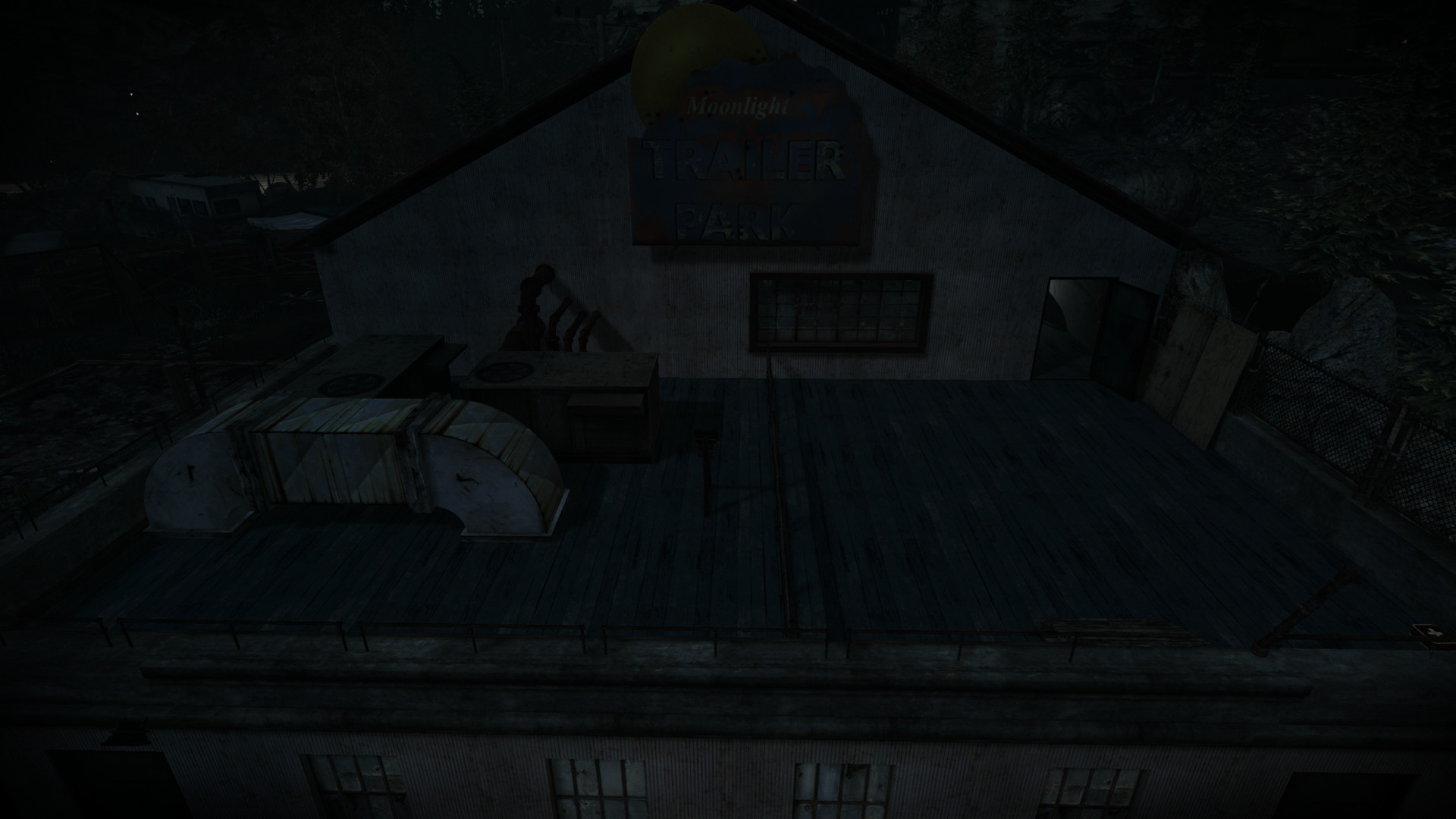
In 2015, Atari reimagined its classic survival horror series for PC, turning it into a cooperative shooter. However, the launch was plagued with technical issues. Players experienced inconsistent matchmaking and found enemies predictable, which diminished the game’s suspense.
The game focused more on large-scale battles than creating a rich, immersive world. Levels often used the same simple puzzles – flipping switches and powering generators – and lacked the distinctive atmosphere that fans loved in previous games, ultimately making it less engaging over time.
Tony Hawk’s Pro Skater 5

The 2015 version of this game launched with a huge day-one update that was necessary to play most of the content. The way the game simulated physics was often inconsistent, making it difficult to complete tricky maneuvers and combos. Plus, the game’s servers had trouble handling the focus on online play, which was key to advancing in the game.
While the game allowed players to create levels and customize their skaters, it was often plagued by bugs that ruined gameplay and deleted progress. This negatively impacted how the game was received, leading to a break in the series until a remastered version was released, offering a smoother and more reliable experience and rebuilding player confidence.
WWE 2K20

This wrestling game, released in 2019 with a new lead developer, was plagued by numerous bugs at launch. Players reported visual issues like characters passing through the ring, strange glitches with hair and clothing, and referees behaving erratically, all of which hindered competitive matches.
The game’s online features were initially plagued by crashes and disconnections, especially when many players were online at once. While updates later resolved many of these problems, the rocky launch hurt the game’s overall success and led the developers to pause their yearly release schedule.
Warcraft III: Reforged

Blizzard’s 2020 remaster improved the game’s graphics, but also removed or changed some features that had been previously advertised. Support for custom campaigns was altered, competitive features were reduced, and players lost access to the original game version with the new update, limiting their options.
Recent updates to how players can create maps caused concern within the game’s modding community. While some features were later fixed, the original changes disrupted established processes for creators who have long supported the game.
SimCity 2013

When this city-building game came out in 2013, it required a constant internet connection. This caused major problems at launch, as overloaded servers meant players had to wait in long lines just to play the single-player game. Plus, game progress often didn’t save correctly, leading to lost cities and frustration.
The game’s regional simulations used small areas to promote shared resources, but performance suffered when more players joined. Although an offline mode was added later, initial issues with requiring a constant internet connection hurt player confidence, especially for games typically enjoyed solo.
No Man’s Sky
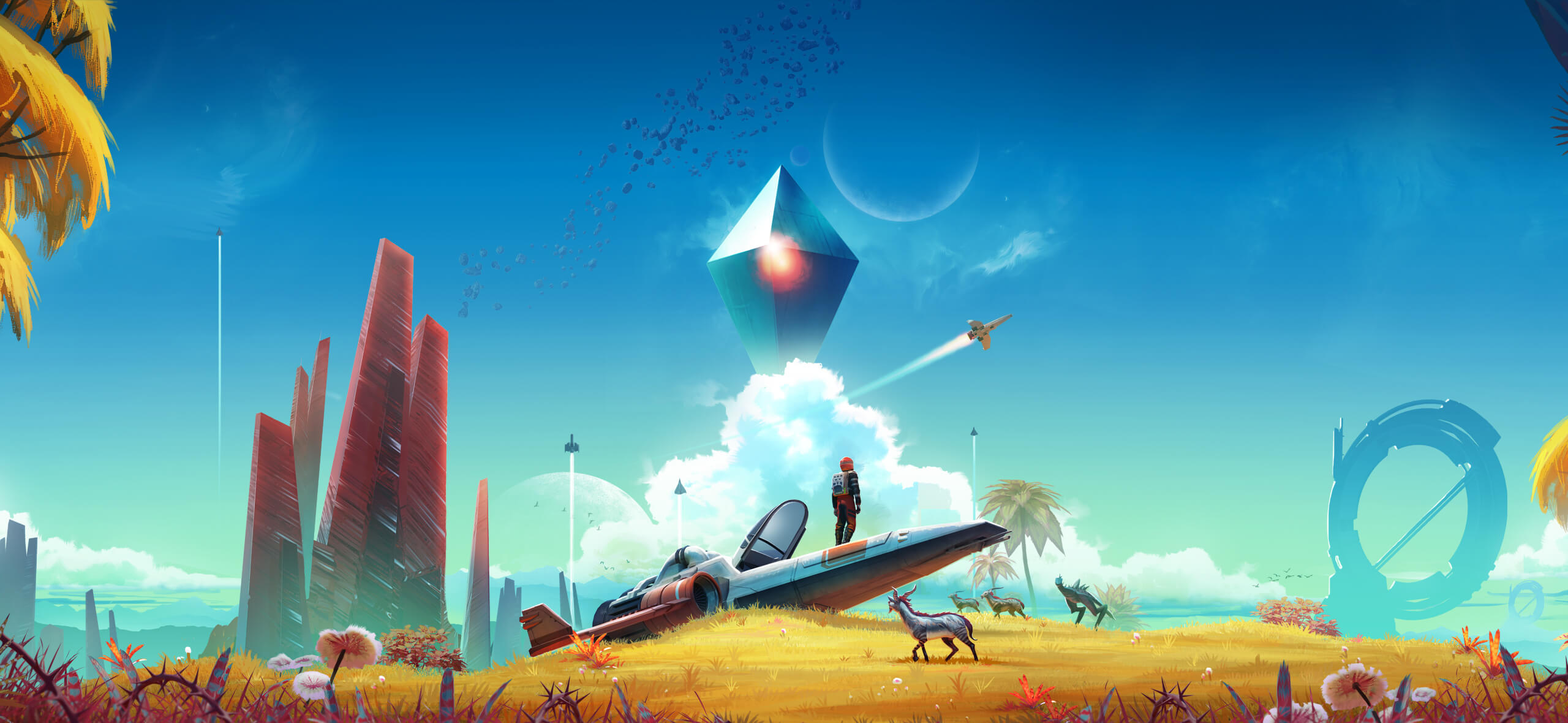
I remember when No Man’s Sky first came out in 2016 – it was all about exploring tons of procedurally generated planets and traveling across a huge universe. Honestly, it didn’t quite live up to the hype at launch. A lot of the stuff we’d seen in previews, like how multiplayer would work or even basic trading and survival features, just weren’t there yet. It felt like the game they showed us and the game we got were pretty different at first.
The game significantly improved after launch thanks to several large, free updates which introduced features like base building, proper multiplayer, vehicles, and new story missions. While the game has come a long way, its rocky start serves as a lesson that overpromising and rushing development can be detrimental.
Cyberpunk 2077
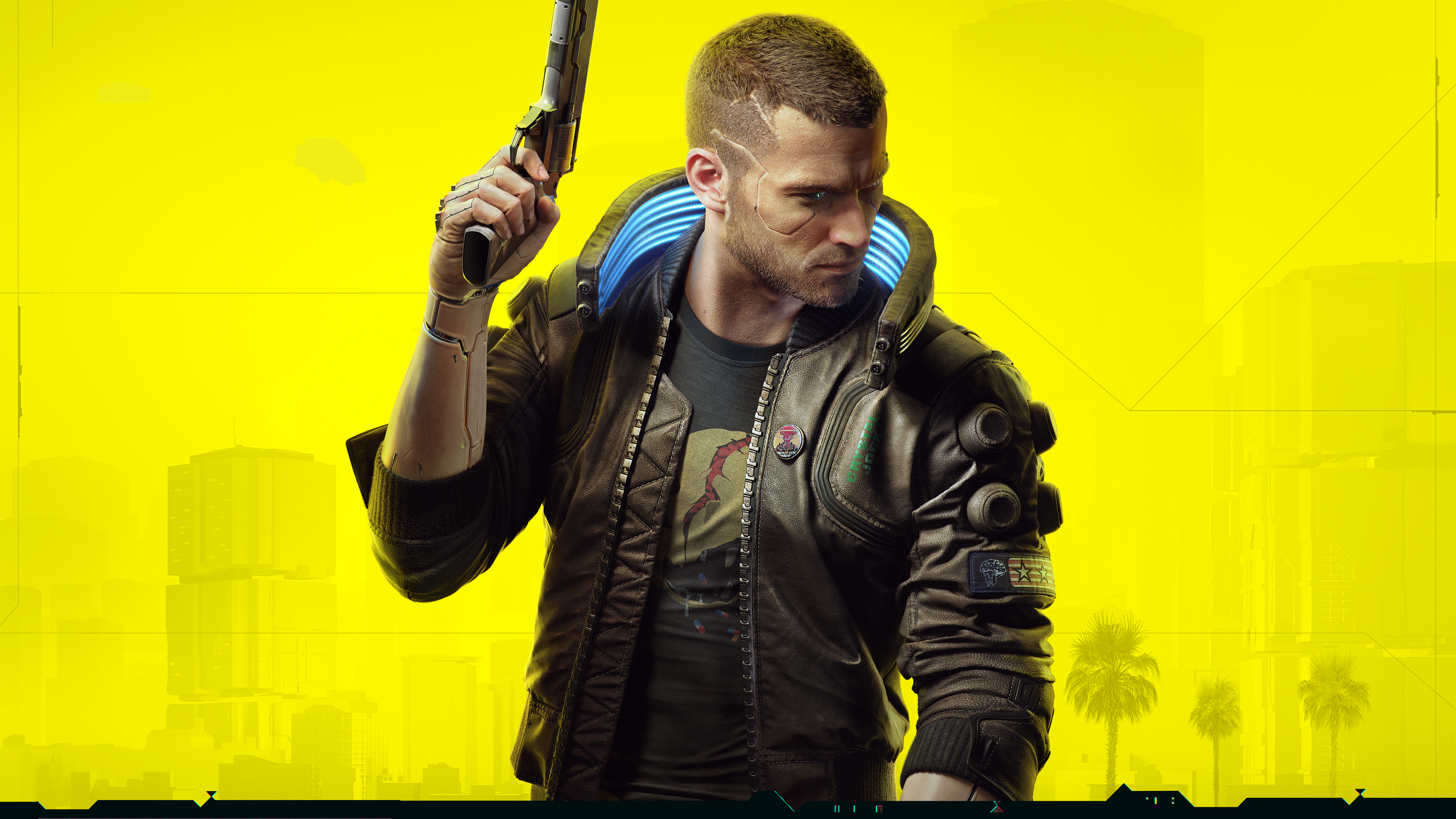
In 2020, CD Projekt Red released a role-playing game that unfortunately had major performance issues on older consoles. Players encountered numerous bugs impacting quests, how the game world behaved physically, and even the police systems within the game. These problems were so severe that the game was temporarily taken off the PlayStation digital store, garnering widespread attention in the gaming world.
Significant updates fixed many issues, and subsequent patches completely redesigned the character progression and fighting mechanics. While an expansion brought even more changes, the initial console version is still a well-known example of a major game that didn’t run well on older gaming systems.
The Quiet Man
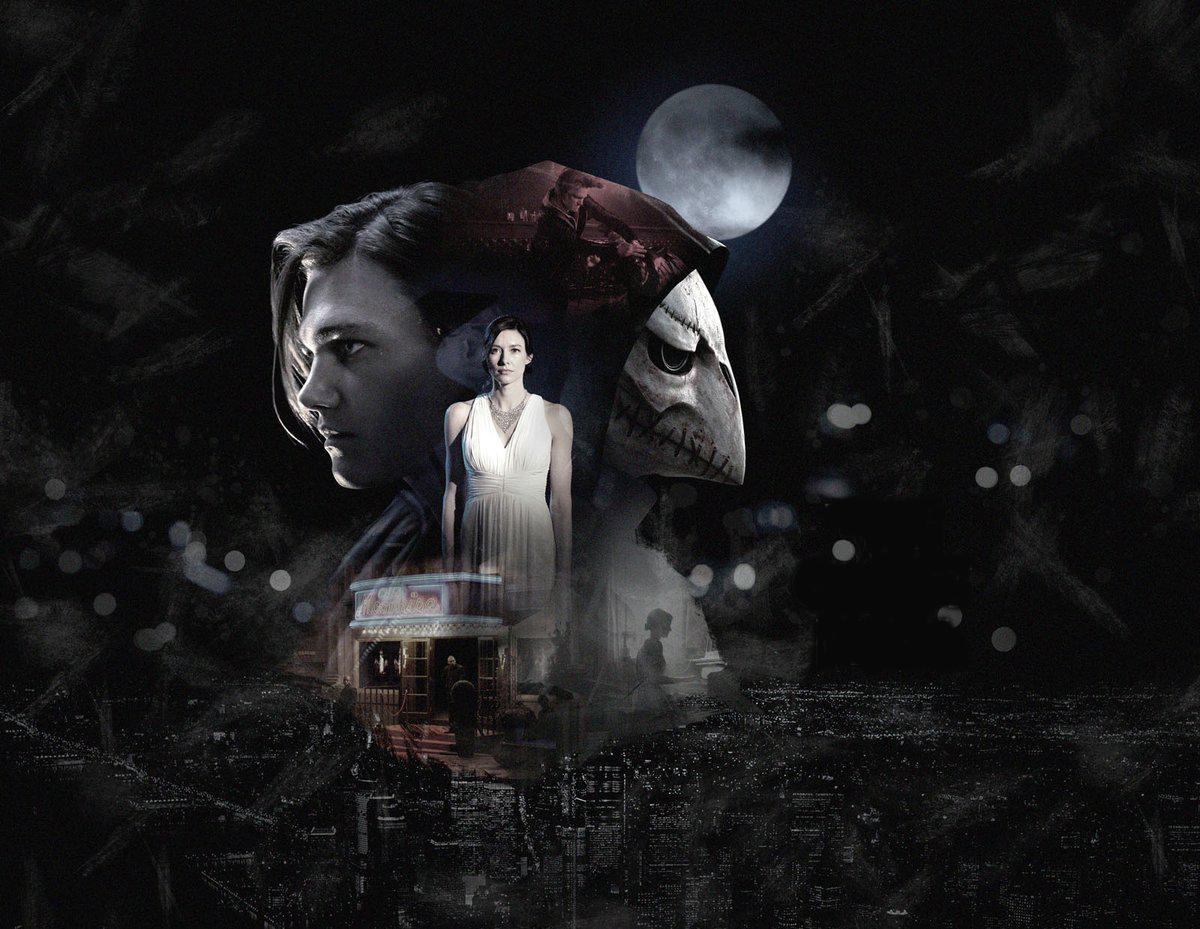
This brief action game, launched by Square Enix in 2018, uniquely combined live-action footage with gameplay. However, the initial release largely lacked sound, leaving players without helpful audio cues for things like combat timing and understanding the story, which led to some confusion about what they were supposed to do.
Although a later update added sound, the game’s combat remained simple and battles often felt repetitive. It’s often used as an example of how unique game designs need clear explanations to help players understand what’s happening.
Let us know in the comments which games you’d add or remove – we can all share our thoughts on the biggest letdowns we’ve experienced.
Read More
- Zack Snyder Reacts to ‘Superman’ Box Office Comparison With ‘Man of Steel’
- American Bitcoin’s Bold Dip Dive: Riches or Ruin? You Decide!
- A Most Advantageous ETF Alliance: A Prospect for 2026
- WELCOME TO DERRY’s Latest Death Shatters the Losers’ Club
- Solana’s Price Drama: A Farce of $140 and Questionable Strength 🎭💸
- Altcoin ETFs: A Crypto Chaos! 🚀
- 🚀 Ethereum’s Bullish Ballet: IH&S Whispers & Accumulation Roars! 🎭
- Justin Sun’s TRX Exodus: A Cryptocurrency Mystery!
- 🚨 Stablecoins: The Silent Currency Killers? IMF Sounds Alarm! 💸
- The Bitter Truth About Bitcoin: Will It Rise or Crash? 🧐
2025-09-18 09:30